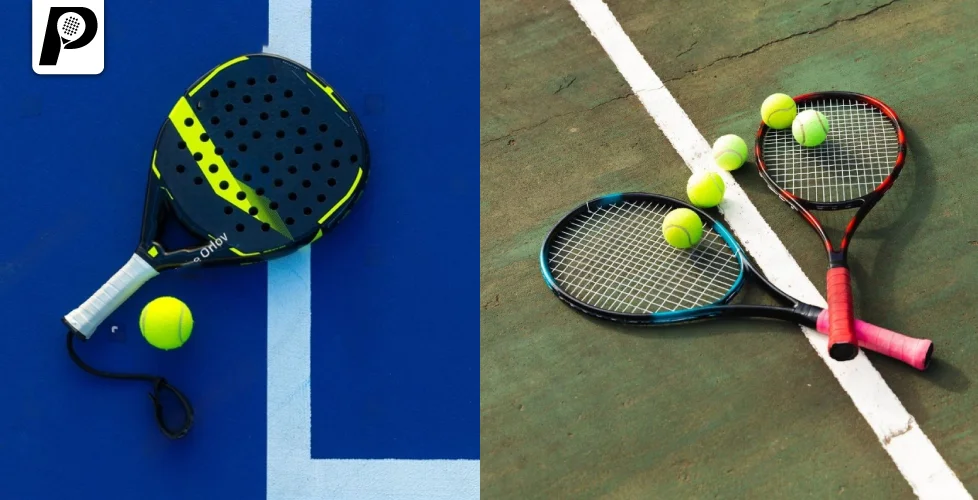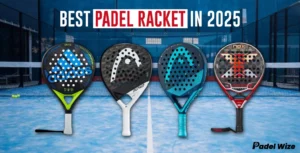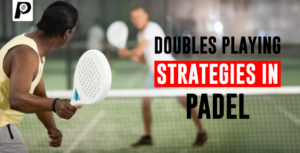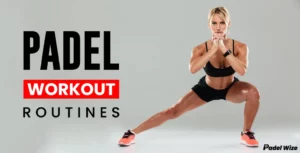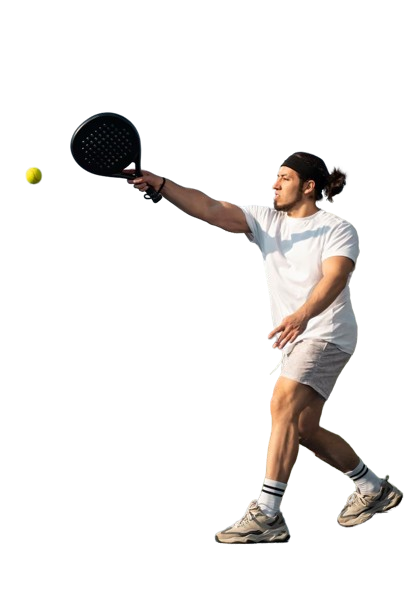Racket sports have always been popular for their ability to provide a fun and effective workout. Among the many options, padel and tennis are two of the most prominent. While both sports involve a racket and a ball, they have distinct differences that might make one more suitable for you than the other. In this detailed comparison, we’ll explore Padel vs Tennis the origins, rules, equipment, playing styles, and fitness benefits of padel and tennis to help you decide which racket sport is right for you.
Related blog How to Play Padel: Common Mistakes and How to Avoid Them
What is Padel?
Padel originated in Mexico in the late 1960s and quickly spread to Spain and Latin America. Today, it’s one of the fastest-growing sports in the world, particularly in Spain, Argentina, and Mexico. Padel is popular for its social aspect, with players often competing in doubles, and its relatively easy learning curve makes it accessible to players of all ages and skill levels.
What is Tennis?
Tennis has a much longer history, dating back to 12th-century France. It evolved significantly over the centuries, becoming the modern game we know today in the 19th century. Tennis is a global sport, with major tournaments like Wimbledon, the US Open, and the French Open attracting millions of viewers worldwide. It’s known for its competitive nature and the high skill level required to excel.
Related blog Padel Rules and Regulations: How to Play Like a Pro
Padel Court and Equipment
- Court Size: Padel courts are smaller than tennis courts, measuring 20 meters long and 10 meters wide. They are enclosed with walls that players can use to their advantage.
- Racket: Padel rackets are solid, without strings, and have holes to reduce air resistance. They are smaller and lighter than tennis rackets.
- Ball: The balls used in padel are similar to tennis balls but slightly less pressurized.
Tennis Court and Equipment
- Court Size: A standard tennis court is 23.77 meters long and 8.23 meters wide for singles matches (10.97 meters for doubles).
- Racket: Tennis rackets are larger, with a stringed surface that allows for more control and power.
- Ball: Tennis balls are highly pressurized to achieve the necessary bounce on a larger court.
Related blog What is Padel? Exploring the Equipment, Rules, and Strategies
Padel Rules and Gameplay
Padel is always played in doubles on an enclosed court. The game begins with an underhand serve, and the ball must land in the opponent’s service box. Players can use the walls around the court to make shots, similar to squash. The scoring system is identical to tennis (15, 30, 40, game), and matches are typically played as the best of three sets.
Tennis Rules and Gameplay
Tennis can be played in singles or doubles. The game starts with an overhand serve, and the ball must land in the opponent’s service box. Players cannot use walls; the ball must remain within the designated court lines. Tennis also follows a 15, 30, 40, game scoring system, with matches varying in length depending on the tournament and format.
Related blog What is Padel Sport? Key Facts and Tips for New Players
Padel Style and Strategy
Padel is known for its fast-paced and strategic play. The smaller court and use of walls require quick reflexes and smart shot placement rather than sheer power. It’s a highly social sport, with communication and teamwork being crucial elements of success.
Tennis Style and Strategy
Tennis can be both a powerful and strategic game. It requires a mix of strength, agility, and precision. Players often develop personal styles, favoring baseline play, net play, or a combination of both. Tennis also emphasizes individual skill and endurance, especially in singles matches.
Padel Fitness Benefits
- Cardiovascular Health: Padel provides an excellent cardiovascular workout, improving heart health and endurance.
- Coordination and Reflexes: The fast-paced nature of padel enhances hand-eye coordination and reflexes.
- Social Interaction: Playing doubles promotes social interaction and teamwork, which can be beneficial for mental health.
Tennis Fitness Benefits
- Full-Body Workout: Tennis is a comprehensive workout, engaging multiple muscle groups and improving overall strength and fitness.
- Agility and Speed: The larger court size in tennis requires quick movement and agility, enhancing speed and footwork.
- Mental Toughness: Tennis challenges mental toughness and strategic thinking, particularly in singles play.
Relate blog Developing a Strong Padel Smash Game: Conditioning and Fitness Tips
Which Sport Is Right for You?
Padel vs Tennis depends on your personal preferences, fitness goals, and social inclinations.
- If you prefer a more social, less physically demanding sport with a focus on strategy and quick reflexes, padel might be the right choice for you.
- If you enjoy a physically challenging, individual sport that emphasizes power, endurance, and a variety of playing styles, tennis could be more suitable.
Choosing between padel and tennis
Padel vs Tennis depends on your preferences, fitness goals, and social inclinations. Here’s a breakdown to help you decide which sport might be the best fit for you:
Choose Padel If:
- Social Interaction: You enjoy playing sports that require teamwork and communication. Padel is always played in doubles, making it a highly social activity.
- Quick Learning Curve: You’re looking for a sport that is relatively easy to learn and doesn’t require a steep learning curve. Padel’s rules and smaller court size make it accessible to beginners.
- Strategic Play: You prefer a game that emphasizes strategy and quick reflexes over sheer power. The use of walls and the fast pace of padel create a dynamic and strategic playing experience.
- Less Physical Demand: You want a sport that provides a good workout without being overly strenuous. Padel’s smaller court and less pressurized balls reduce the physical strain compared to tennis.
- Cardiovascular and Coordination Benefits: You want to improve your cardiovascular health and hand-eye coordination through a fun and engaging activity.
Choose Tennis If:
- Individual Challenge: You enjoy sports that test your individual skills and mental toughness. Tennis offers the option to play singles, providing a personal challenge.
- Physical Workout: You’re looking for a full-body workout that engages multiple muscle groups. Tennis requires strength, agility, and endurance, making it a great choice for overall fitness.
- Power and Precision: You prefer a game that allows for powerful shots and precise control. Tennis rackets and the larger court size cater to players who enjoy a more powerful and varied playing style.
- Competitive Play: You thrive in a competitive environment and enjoy participating in tournaments. Tennis has a rich history of competitive play and numerous opportunities for competition at all levels.
- Mental Toughness: You’re looking to enhance your strategic thinking and mental resilience. Tennis challenges players to develop game strategies and maintain focus under pressure.
Conclusion
Both Padel and Tennis offer unique benefits and challenges. Padel is perfect for those looking for a fun, social, and strategic game that is easy to pick up. Tennis, on the other hand, provides a more intense physical workout and a rich history of competitive play. Whichever you choose, Padel vs Tennis are excellent ways to stay active, improve your fitness, and enjoy the thrill of racket sports.

